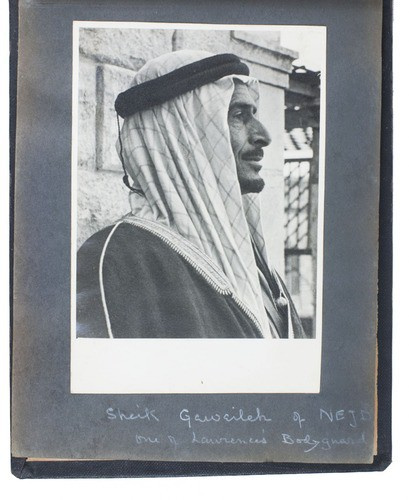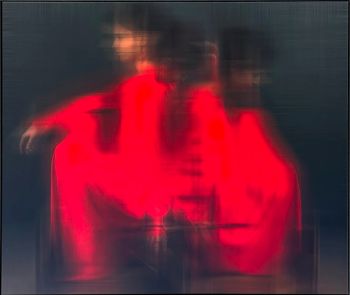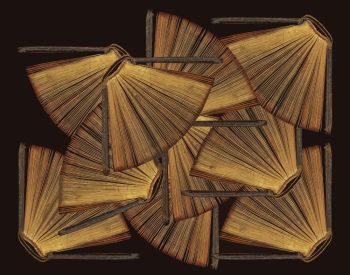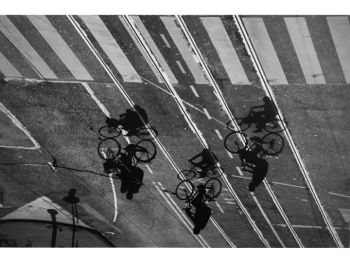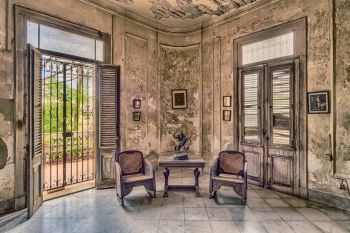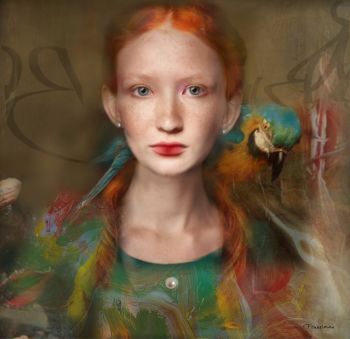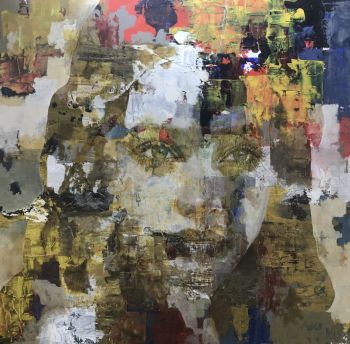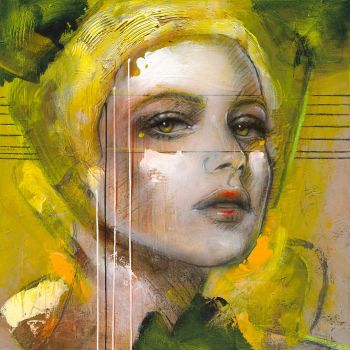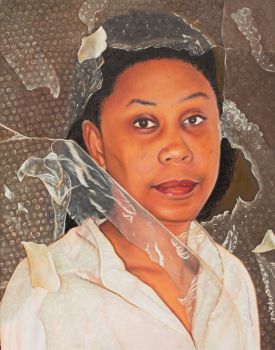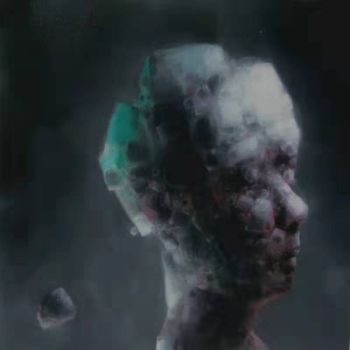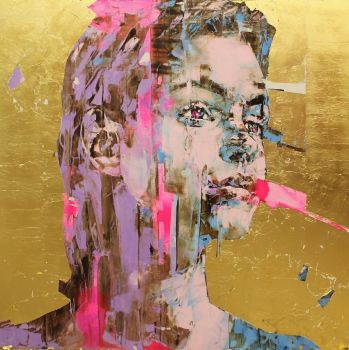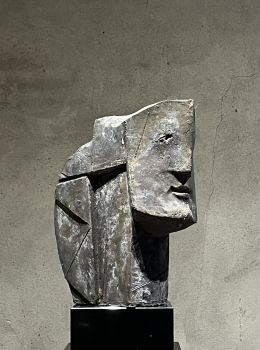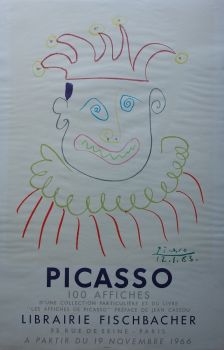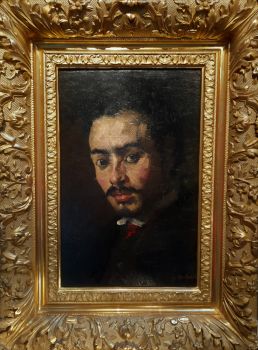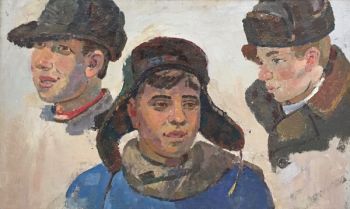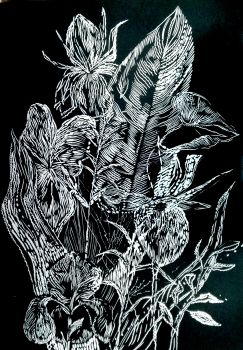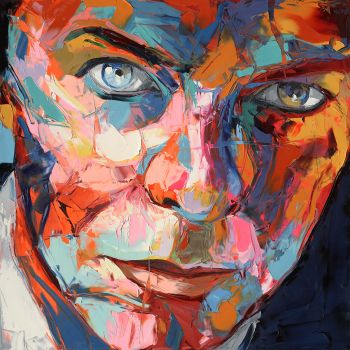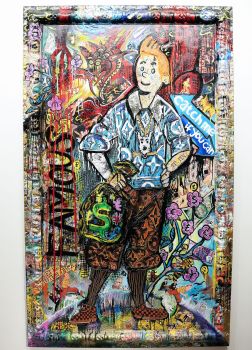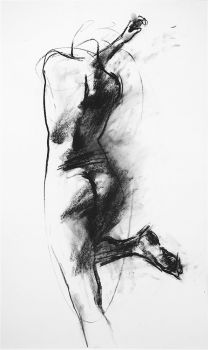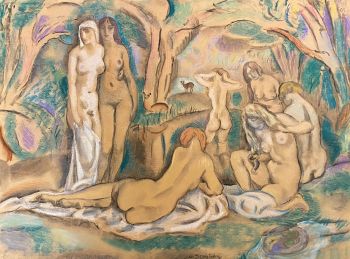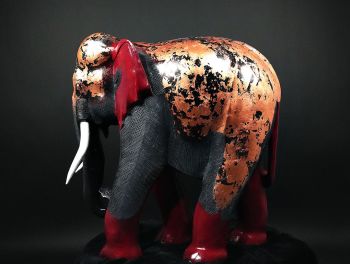14 photographic portraits of sheiks & tribesmen, by Lawrence of Arabia's Chief of Staff 1920
Walter Francis Stirling
PapelImpresión fotográfica
17 ⨯ 12 cm
Actualmente no disponible a través de Gallerease
- Sobre la obra de arteArab Types.
Syria, [ca. 1918-ca. 1921]. Oblong album (18 x 26 cm). An album containing 14 black and white photographic portraits (mostly about 17 x 12 cm) plus a smaller print of one. Mounted in a ca. 1930 album of black paper leaves (boards covered with black cloth).
Fascinating collection of 14 photographic portraits showing 13 sheikhs and tribesmen from several tribes in and around Syria, all with captions that usually give the subject's name and tribe. The photos, often highly expressive profile studies, were taken and assembled by Lt. Col. Walter Francis Stirling (1880-1958), T. E. Lawrence's Chief of Staff in 1918. The named tribes are the Shammar (nomadic Bedouins in northern Arabia, Syria and Iraq), Ruwalla (semi-nomadic Bedouins led by the Sha'lan family, also in northern Arabia and Syria), Hadidiyin (nomadic Bedouin sheep herders in Syria and northern Iraq), Walda (Kurds in Syria), Yazidis (Kurds in northern Iraq), Agaidat (Beduoins in Syria) and "Abu Klamin"[?] (not identified). The best known subjects are Fawaz al Sha'lam, Emir of Ruwalla (grandson of Nuri Sha'lan (1847-1842!), who commanded a large portion of the troops that entered Damascus with Faisal in 1918) and Daham al-Hadi, Sheikh of the Shammar. The latter is described as "Paramount Sheikh"of the Shammar (in Iraq), a title granted him by the British in 1920 that he lost when Faisal became King of Iraq in 1921.
One photograph slightly damaged, mostly outside the image area, but further in very good condition, with only an occasional small surface scratch or spot. Rare photographic portraits of sheiks and tribesmen in T.E. Lawrence's Damascus circle of friends and enemies. - Sobre el artistaWalter Francis Stirling (1880-1958) era un oficial del ejército, nacido en Southsea el 31 de enero de 1880. Era el único hijo y el hijo menor del capitán Francis Stirling RN y su esposa, Mary Caroline. Sirvió en el relevo de Ladysmith, en la acción en Laing's Nek y las operaciones en la Colonia del Río Orange y el Transvaal en la Guerra de los Bóers. En 1906 fue adscrito al ejército egipcio y pasó cinco años con un batallón árabe en las fronteras de Eritrea y Abisinio. En la Primera Guerra Mundial sirvió en Gallipoli en Egipto y en la campaña palestina hasta que fue nombrado Director General de Lawrence. En 1919 fue asesor del Emir Feisal y Diputado Político Oddicer en El Cairo, luego gobernador interino del Sinaí y gobernador del distrito de Jaffa en Palestina. En 1923 se convirtió en asesor del rey Zog I. Colaboró con Alexander Korda en una película llamada Seven Pillars of Wisdom. En la Segunda Guerra Mundial sirvió en Damasco convirtiéndose en corresponsal de The Times. Sobrevivió a un intento de asesinato en 1949.
Artwork details
Categoría
Tema
Material y Técnica
Colour
Related artworks
- 1 - 4 / 24
- 1 - 4 / 24
- 1 - 4 / 24

